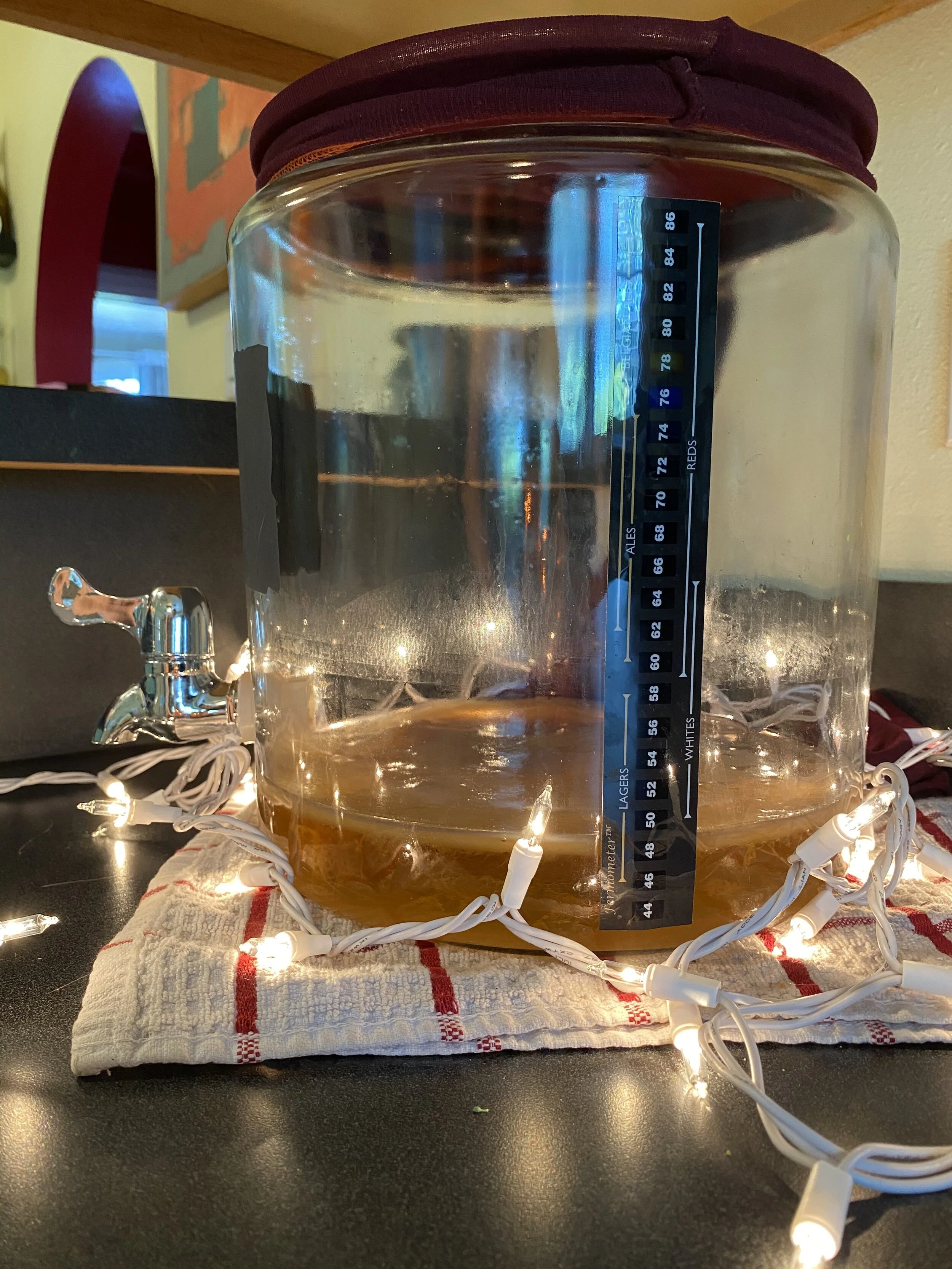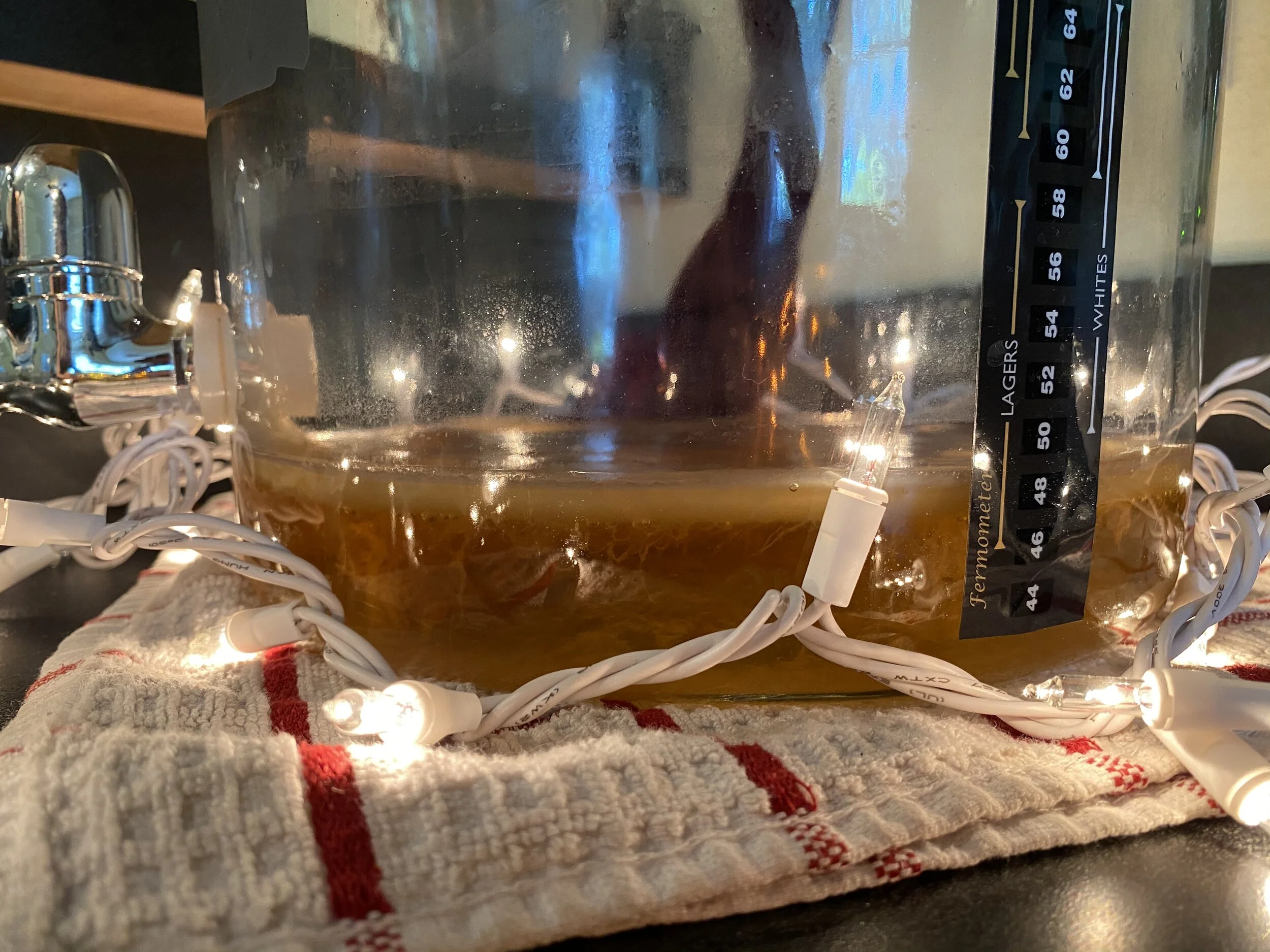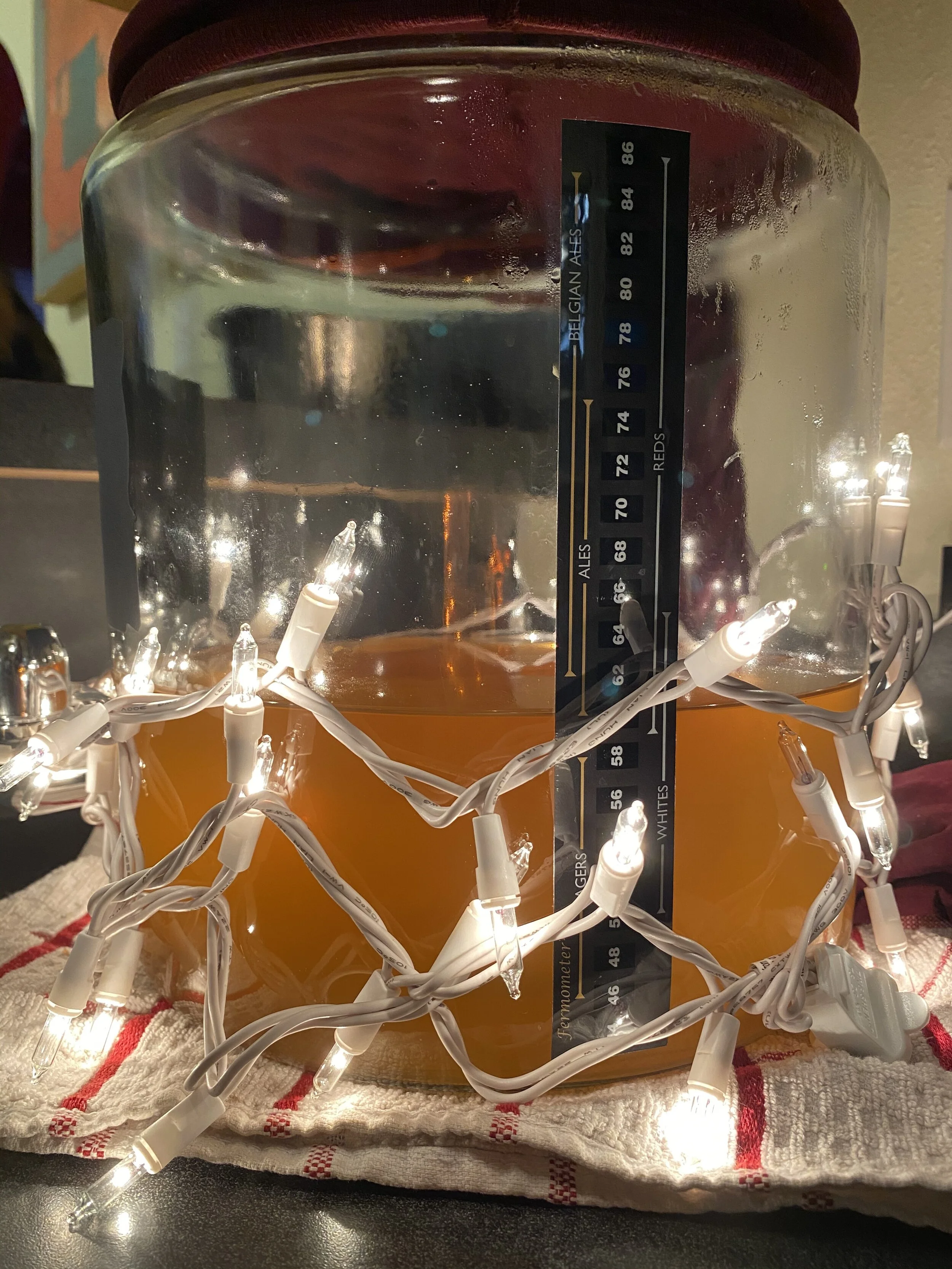Why grow from seed?
Two major reasons:
You can avoid bringing disease or pests into your garden from even the best, top notch garden centers. Edible plants are just more susceptible to pests and disease than many ornamental. For even the best growers growing in large quantities, it’s difficult to control pest and disease organically on such a large scale.
You can have MUCH more variety as it relates to different types of veggies, herbs, fruit and flowers. I’m personally a fan of dark purple colored varieties of vegetables that have higher anthocyanins, the antioxidant responsible for the purple color that has been shown to combat disease and chronic illness!
Will I be starting seeds indoors or outdoors?
Both! Depending on your climate and frost dates, you may want to consider starting seeds indoors to take advantage of your growing season. For example, here in New Orleans (Zone 9b), I start tomatoes indoors mid-December to be transplanted after the average Frost Date (mid February). These babies wouldn’t survive the colder temperatures outside, but indoors, I can control their climate to germinate and grow.
Some vegetables like Squash, Pumpkin and Melons appreciate being grown indoors out of the risk of being attacked by the dreaded Squash Vine Borer, a moth that lays single eggs along the stem that hatch into grubs that eat inside of the stem, slowly killing your plant.
Shopping List
Disclaimer: Please note that some of the links below are affiliate links. If you click on an affiliate link and make a purchase, we may receive a small commission. Please let us know if you have any questions about the products listed below!
Indoor vs. Outdoor - You'll want both varying throughout the year.
Indoor Setup
Heat Mat - this is crucial for starting spring veggies indoors when temperatures are below 70 degrees Fahrenheit.
Container - to hold the cell packs
Seed Starting Soil - it is very important to pre-soack this soil before plugging into cell packs and sowing seeds.
Seaweed - you will begin fertilizing your seeds 4-5 weeks after germination.
Mycorrhizae - for when we transplant your seedlings. This will encourage healthier plants by allowing more water and nutrient uptake through the roots!
Mister - save your hand from using a regular spray bottle
Fan - if you don't already have one. A fan will help increase air flow, making it difficult for bugs to fly in or disease to spread.
Seed Library
It's a good idea to stock up on seeds. Everyone in the gardening community often comments on the unavailability of seeds since lockdown. Most seeds last for 2 years. Lettuces last for 1 year.
This case makes organizing the different types of veggies by family easy and you can put the dates for planting on the cases so when you have space to plant, just see what can be grown at that time :)
I use a Label Maker which actually comes really in handy when some seeds sprout and I have to move them around. And honestly, now I label everything. Based on what you order, I can help you categorize these seeds and give you date ranges for planting!
And last but far from least... Seed Shopping!
Where you get seed from matters. The better the quality, the better the germination and overall growth.
Baker's Creek are my favorite! Next would Southern Seed Exposure that I think would work well for you too considering the warm weather.
Example of my Seed Storage Container. I have one for Veggies and Herbs, another for Flowers. This photo was taken on a wet, rainy day but please note it is VERY important to keep your seeds cool and dry!
Need help growing from seed with step by step instructions?
Check out my Masterclass on Seed Starting!







